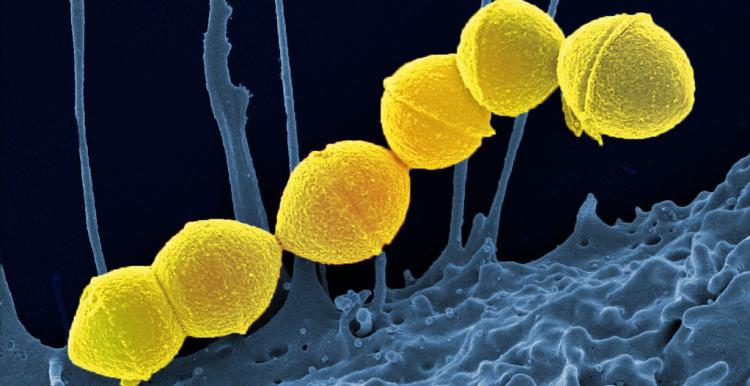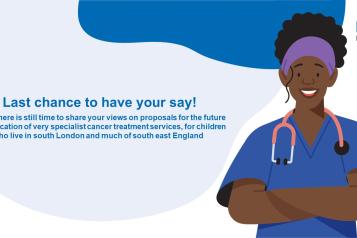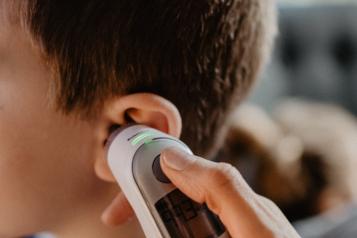Group A Strep – What do I Need to Know?

GPs have been alerted to rising cases of Group Strep A around England following above-average infection numbers and a number of deaths among children under 10.
But as a parent or carer, what do you need to know?
What is Strep A?
- Group A streptococcus (GAS), a common bacteria many of us carry in our throats and on our skin, doesn’t always result in illness. However, it does cause a number of infections, some mild and some more serious.
- GAS causes infections in the skin, soft tissue and respiratory tract. It’s responsible for infections like tonsillitis, pharyngitis, scarlet fever, impetigo and cellulitis among others.
- While infections like these can be unpleasant, they rarely become serious. When treated with antibiotics, an unwell person with a mild illness like tonsillitis stops being contagious around 24 hours after starting their medication. Health bodies are currently seeing high numbers of scarlet fever cases.
- The most serious infections linked to GAS come from invasive Group A strep, known as iGAS. These infections are caused by the bacteria getting into parts of the body where it’s not normally found, such as the lungs or bloodstream. In rare cases, an iGAS infection can be fatal.
How is it spread?
• It is spread by close contact with an infected person and can be passed on through coughs and sneezes or from a wound.
• Some people can have the bacteria present in their body without feeling unwell or showing any symptoms of infections and while they can pass it on, the risk of spread is much greater when a person is unwell.
• Good hand and respiratory hygiene are important for stopping the spread of many bugs. By teaching your child how to wash their hands properly with soap and warm water for 20 seconds, using a tissue to catch coughs and sneezes, and keeping away from others when feeling unwell, they will be able to reduce the risk of picking up, or spreading, infections.
What is the current situation?
- Whilst iGAS infections are uncommon, there has been an increase in lower respiratory tract Group A Strep infections in children over the past few weeks, which have caused severe illness.
- Currently, there's no evidence of a new strain going around and the increase is most likely related to high amounts of circulating bacteria and social mixing.
- Many viruses cause sore throats, colds and coughs circulating and should pass without medical intervention. However, children can occasionally develop a bacterial infection on top of a virus and that can make them more unwell.
Symptoms
Look out for symptoms in your child, which include:
- Sore throat
- Headache
- Fever
- A fine, pinkish or red body rash with a sandpapery feel.
- On darker skin the rash can be more difficult to detect visually but will have a sandpapery feel.
Actions
Contact NHS 111 or your GP if you suspect your child has a GAS infection. Early treatment with antibiotics is important to reduce the risk of complications, such as pneumonia or a bloodstream infection. If your child has an infection, keep them at home until at least 24 hours after the start of antibiotic treatment to avoid spreading it to others.
As a parent or carer, if you feel that your child seems seriously unwell, you should trust your own judgment. Contact NHS 111 or your GP if:
- Your child is getting worse.
- Your child is feeding or eating much less than normal.
- Your child has had a dry nappy for 12 hours or more or shows other signs of dehydration.
- Your baby is under 3 months and has a temperature of 38C, or is older than 3 months and has a temperature of 39 degrees Celsius or higher.
- Your baby feels hotter than usual when you touch their back or chest, or feels sweaty.
- Your child is very tired or irritable.
Call 999 or go to A&E if:
- Your child is having difficulty breathing – you may notice grunting.
- Noises or their tummy sucking under their ribs.
- There are pauses when your child breathes.
- Your child’s skin, tongue or lips are blue.
- Your child is floppy and will not wake up or stay awake.
Learn more here.


